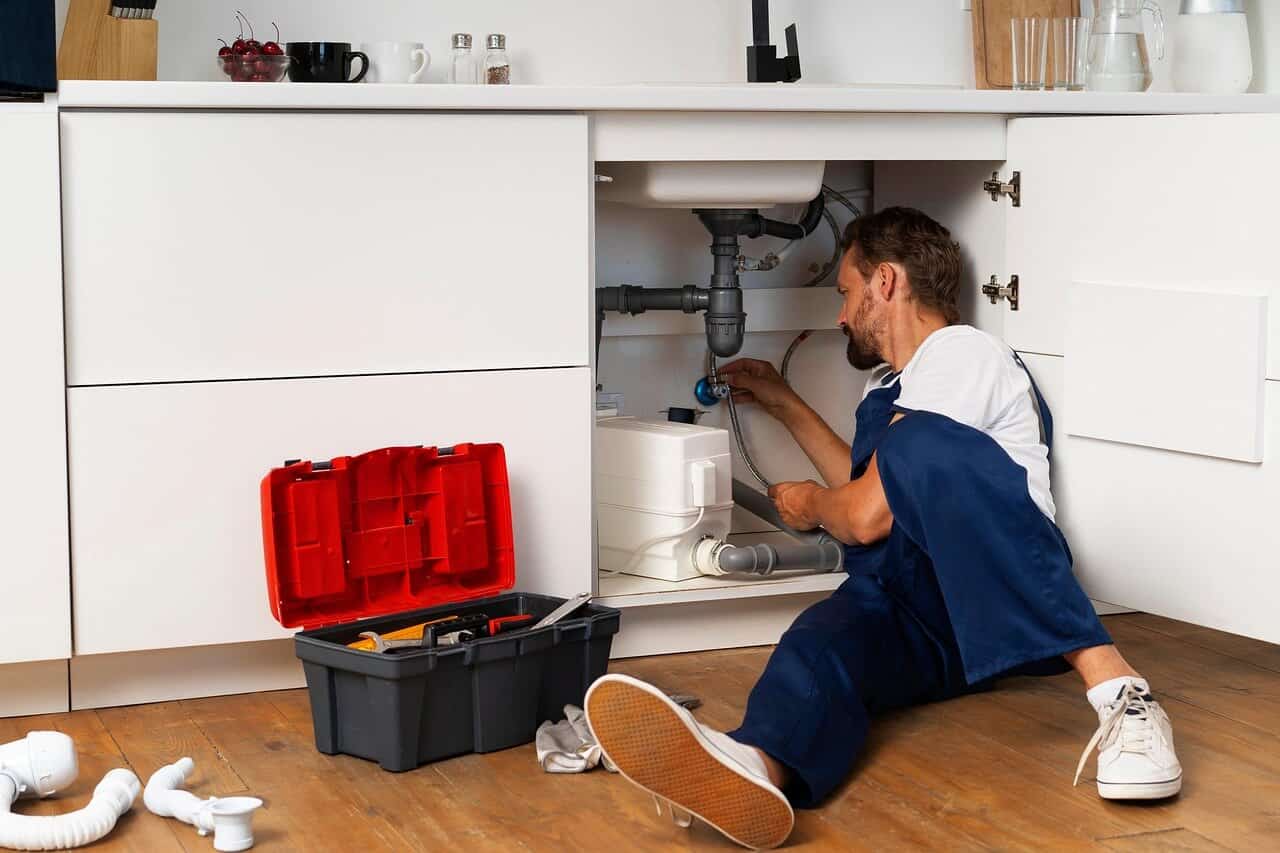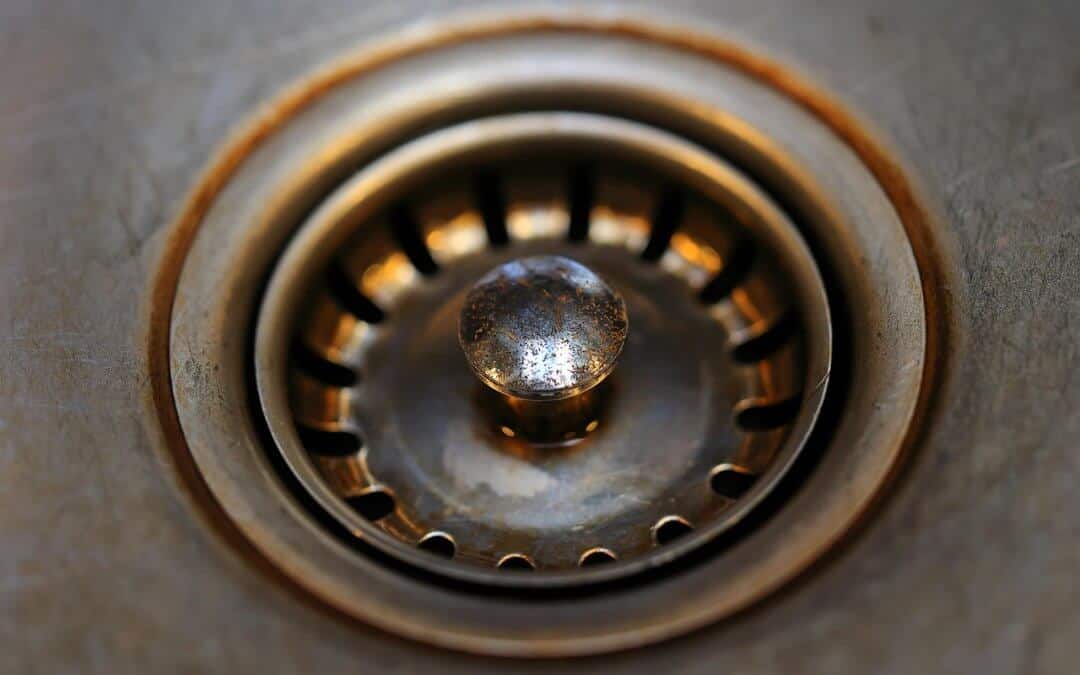Clogged drains don’t always require a plumber, especially if the pipe is still intact and water can flow freely. But persistent or recurring clogs need professional attention, which includes inspecting the pipes to determine what formed the blockage.
If simple DIY methods don’t work, it’s time to call a professional. A qualified plumber can use tools that reach deep into the pipes to clear even stubborn clogs.
Causes
A sink clog is one of the most common household plumbing issues. A little bit of knowledge and preventative maintenance can keep these pesky problems at bay.
Food Scraps
Kitchen sinks often become clogged with bits of food that wash off plates and get trapped in the P- or J-trap. Over time, these bits can build up and cause a serious blockage. If you want to avoid this problem, be sure to dispose of food waste in the trash and not down the drain.
Grease Waste
Fatty food scraps can also build up in your pipes and contribute to clogs. To help avoid this, make sure to let any fatty foods cool before putting them in the trash and to scrape plates and cookware before washing. You can also help by running hot water down your sinks and drains for a few minutes at least once a month to dissolve grease residue.
Hair and Soap Scum
Soap scum, hair, and other debris can also build up in your drains and trap other materials. To avoid this, install drain covers or screens and use a drain cleaner that is safe for your pipes. Regularly running boiling water down your drains can also help dissolve soap scum and other debris.
Foreign Objects
Bathroom and kitchen drains are susceptible to being blocked by a wide range of foreign objects. Even if these items are small, they can still form a tight blockage. To help avoid this, be careful not to drop anything down your drains and use a strainer or plug-in drain cover in your kitchen and bathroom.
Pipe Damage
Many clogs are caused by damaged or aging pipes that can restrict or block water flow. If you suspect this is the case with your sink, it may be worth calling a plumber to assess the situation and install new pipes if necessary. A professional can also recommend other plumbing solutions like drain snakes or high-pressure drain cleaning to clear the clog without damaging your pipes. These tools can be especially helpful when traditional methods fail to work.
DIY Solutions
When your drain starts making weird sounds, it’s important to pay attention. When your HVAC system makes a whining noise or your washer and dryer make a humming sound, many homeowners shrug it off as normal, but when the sink starts making a gurgling sound, it’s a sign that you need to call a plumber. Clogged drains can lead to flooding, which is a major problem for your home and something you don’t want to mess with. A qualified plumbing professional will use either a drain snake or a specialized tool that forces pressurized air through the system to clear any clogs.
Before you pick up the phone to call a plumber, try some do-it-yourself solutions. These methods are easy, cheap, and often quite effective. Plus, they’re also safer for your pipes than using harsh chemical cleaners.
Start by cleaning the trap — that U-shaped pipe underneath your sink. This is a common location for clogs, especially when grease or hair get trapped in it. Place a bucket underneath to catch the water, then loosen and remove the trap, and empty out whatever is in it (you might have to unscrew it completely). Once it’s clean, screw the trap back into place and run some water through.
Another common home remedy is baking soda and vinegar. This solution is easy on your pipes and the environment, and it’s effective at dissolving most blockages. Mix one cup of baking soda with a cup of vinegar and pour it down the drain, then flush with hot water. This will create a fizzing reaction that helps dissolve the clog.
A final DIY option is to use a metal wire coat hanger. It might seem odd, but this simple device can often clear a clogged drain. Simply bend the end of the coat hanger so that it’s a hook shape, then stick it into your drain to clear out any clogs.
It’s also worth mentioning that, even if these DIY solutions do work, they’re not a permanent solution. If your clogged sink is affecting the rest of your home’s plumbing, it’s time to call in a professional to take a look and use more advanced tools.
DIY Fails
When a sink drain starts to slow down or stop working altogether, it’s often due to a buildup of materials like hair, soap scum, and debris. The good news is that most of these clogs can be solved with a few simple DIY tools. But sometimes it’s better to call a plumber if you want to avoid making the problem worse or risk damaging your pipes.
The first thing to do is check if there are any obstructions in the “P-Trap” under your sink. This U-shaped fixture has several functions, including trapping water to prevent noxious gases from entering your home and allowing homeowners to quickly recover small items that fall down the drain. However, it’s also a magnet for clogs, especially if things are thrown down it that shouldn’t be (like baby wipes, cooking grease, and potato peels). To keep the P-trap working correctly, loosen the fasteners holding it on and remove it to see what is blocking the pipe. You can usually push a lot of the blockage away with a coat hanger and then put the P-trap back in place.
A drain snake is another good tool to have handy for clearing minor clogs. It’s an inexpensive ($30-$50) device that, via a manual crank, sends a tough line of wire into your pipes to clear out any debris stuck inside. It’s not as effective for big clogs, but it can be used when other methods don’t work or you have no access to a plunger.
If you’re still unable to get your drain flowing, it’s time to try a different approach. If the clog is formed from substances that are hard to break down, such as a block of solidified sewage, you’ll need to call in a professional. Pouring chemical drain cleaner down your drain may work, but it won’t get to the clog and could corrode your pipes over time.
Lastly, for very stubborn or serious clogs, you can try flushing out the drain with boiling water. Start by removing any standing water from the sink and filling it with hot water until you reach about 1/3 of the way up your overflow tube. Then, using a plunger, work up and down to dislodge any blocked material.
Call a Plumber

A clogged sink is one of the most annoying household problems you can face. It can interrupt your daily routine and make it difficult to wash dishes, shower, or brush teeth. Fortunately, there are several DIY solutions that can help you fix the problem without having to call a plumber.
One of the most useful tools to have on hand is a plunger. This simple, inexpensive tool is effective for many drain clogs. Fill your sink with water, then plunge it for 30 seconds or so. You can also try to clear the clog by running your garbage disposal to grind up food scraps and other debris.
If plunging doesn’t work, you can try pouring boiling water down the drain. This can melt fatty foods or grease that have stuck to the bottom of the pipe. You can also try using a plastic drain snake or auger, available at most hardware stores and big box retailers. These tools are designed to cut through hair or other materials clogging a sink or tub drain. However, if the clog is too far into your plumbing line, these tools may be unable to reach it.
For serious or persistent clogs that snaking and other DIY methods cannot resolve, it is best to call a plumber for professional sink repairs. Avoid using chemical drain cleaners, which often do more harm than good by releasing toxic chemicals into your home’s plumbing system. For reliable and efficient plumbing solutions, this plumber Moreno Valley service is known for providing excellent service and handling any plumbing issue with ease.
It is also important to keep up with preventative maintenance for your sink drains. Check the drain stopper or strainer regularly to ensure that it is fully functional and free of tangled hairs or other debris that can contribute to clogs.
For kitchen drains, it is a good idea to install a mesh drain cover or screen to catch large food scraps and other items that could potentially block your drain. Additionally, try to limit the amount of soap scum and other household products that go down the drains. Finally, don’t flush anything that doesn’t belong in your drains, including toys, clothing, and other household objects that can get trapped and cause severe clogs.




